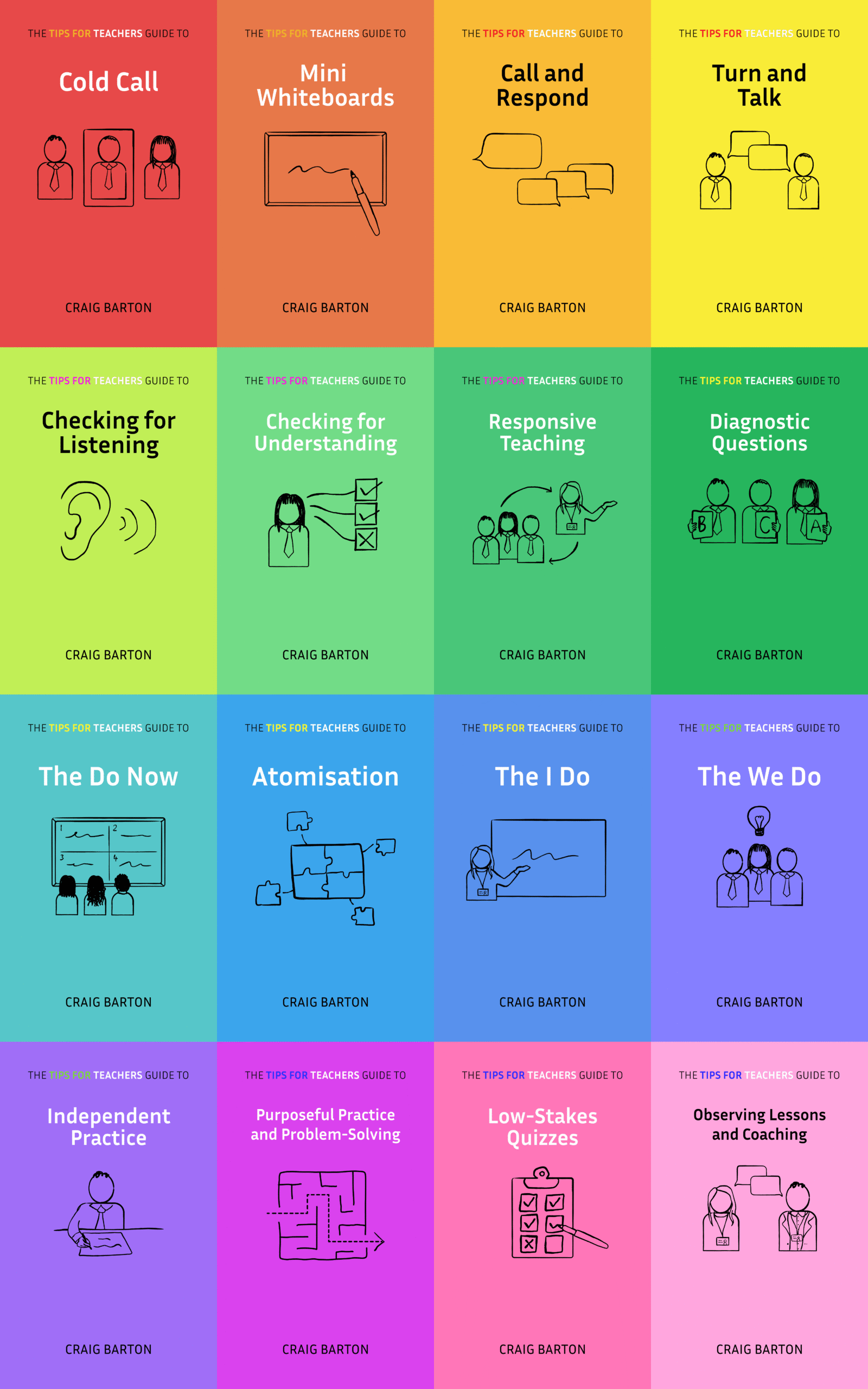
- Title: Retrieving better: A guide to retrieval practice
- Authors: Adam Boxer
- Access the original paper here
- Listen to a deep-dive podcast:
Paper summary
“Retrieving Better: A Guide to Retrieval Practice” by Adam Boxer, with a foreword by Dylan Wiliam, is a comprehensive guide for educators on implementing retrieval practice in classrooms. The book explores the theory behind retrieval practice, including its benefits and how it can be used to improve student memory and learning. It also provides practical strategies for implementing retrieval practice in various classroom settings, including homework assignments and classroom activities. The authors emphasize the importance of using retrieval practice alongside effective homework policies and address concerns about teacher workload by offering solutions that leverage technology and collaboration. The guide presents a structured approach for introducing and integrating retrieval practice into existing teaching practices, culminating in a detailed model policy for rolling out retrieval practice across a school or department.
What are the key implications for teachers in the classroom?
- Retrieval practice is a highly effective strategy for enhancing long-term student learning. This involves actively retrieving information from memory rather than relying on external sources.
- Teachers can implement retrieval practice through various methods, such as asking questions based on prior learning and encouraging student self-quizzing.
- It is crucial to provide students with feedback on their retrieval practice, especially when they are initially learning new material. Immediate and directive feedback is beneficial in the early stages, while delayed and less specific feedback can facilitate further retrieval as students gain expertise.
- Homework can be an effective tool for extending retrieval practice beyond the classroom. To ensure its efficacy, teachers should consider four key aspects: access, purposeful thinking, accountability, and value.
- Access refers to ensuring students have both physical and academic access to the homework.
- Purposeful thinking emphasizes aligning homework with the curriculum and promoting meaningful engagement with the content.
- Accountability involves establishing clear expectations and consequences for homework completion.
- Value highlights the importance of communicating the purpose and benefits of homework to students.
- When assessing the impact of homework, it is essential to distinguish between Completion Ratio (the number of students completing the homework) and Think Ratio (the extent to which the homework promotes deep thinking and learning).
- Teachers should prioritize increasing Completion Ratio initially and then focus on improving Think Ratio.
- Technology, when used thoughtfully, can effectively reduce teacher workload. It can facilitate activity reduction, increase efficiency, and enhance collaboration.
- Carousel Learning is a software platform designed to support retrieval practice and reduce teacher workload. It offers features like Question Banks, flashcards, quizzes, C-Scores, marking tools, analysis, and Study Packs, all aimed at promoting knowledge acquisition and long-term retention.
- Teachers should clearly explain the purpose and mechanics of retrieval practice and Carousel Learning to students. Emphasize that the goal is to foster deep understanding and long-term retention, not just completing quizzes.
- Teachers should regularly integrate Carousel Learning homework with classroom activities. For instance, using Whiteboard Quizzes at the start of lessons can provide additional retrieval practice and highlight the connection between homework and classroom learning.
- Whole Class Feedback (WCF) is a valuable tool for identifying common misconceptions and facilitating class discussions. It enables teachers to address areas where students struggled in their homework and promote deeper understanding through targeted questioning.
- Making marking visible, by showing students that their work is being reviewed and assessed, reinforces accountability and demonstrates the importance of their efforts.
- Teachers should consistently narrate the positive, highlighting student successes and emphasizing the value of effective retrieval practice. This creates a supportive learning environment where students feel motivated to engage in meaningful learning strategies.
These implications underscore the importance of adopting a strategic and intentional approach to incorporating retrieval practice and technology in the classroom. By understanding the underlying principles and implementing effective strategies, teachers can significantly enhance student learning and create a more efficient and engaging learning environment.
Quote
Does retrieval practice improve student learning in school and classroom settings? Based on our literature review, our response for researchers and educators is an unequivocal “yes.”








